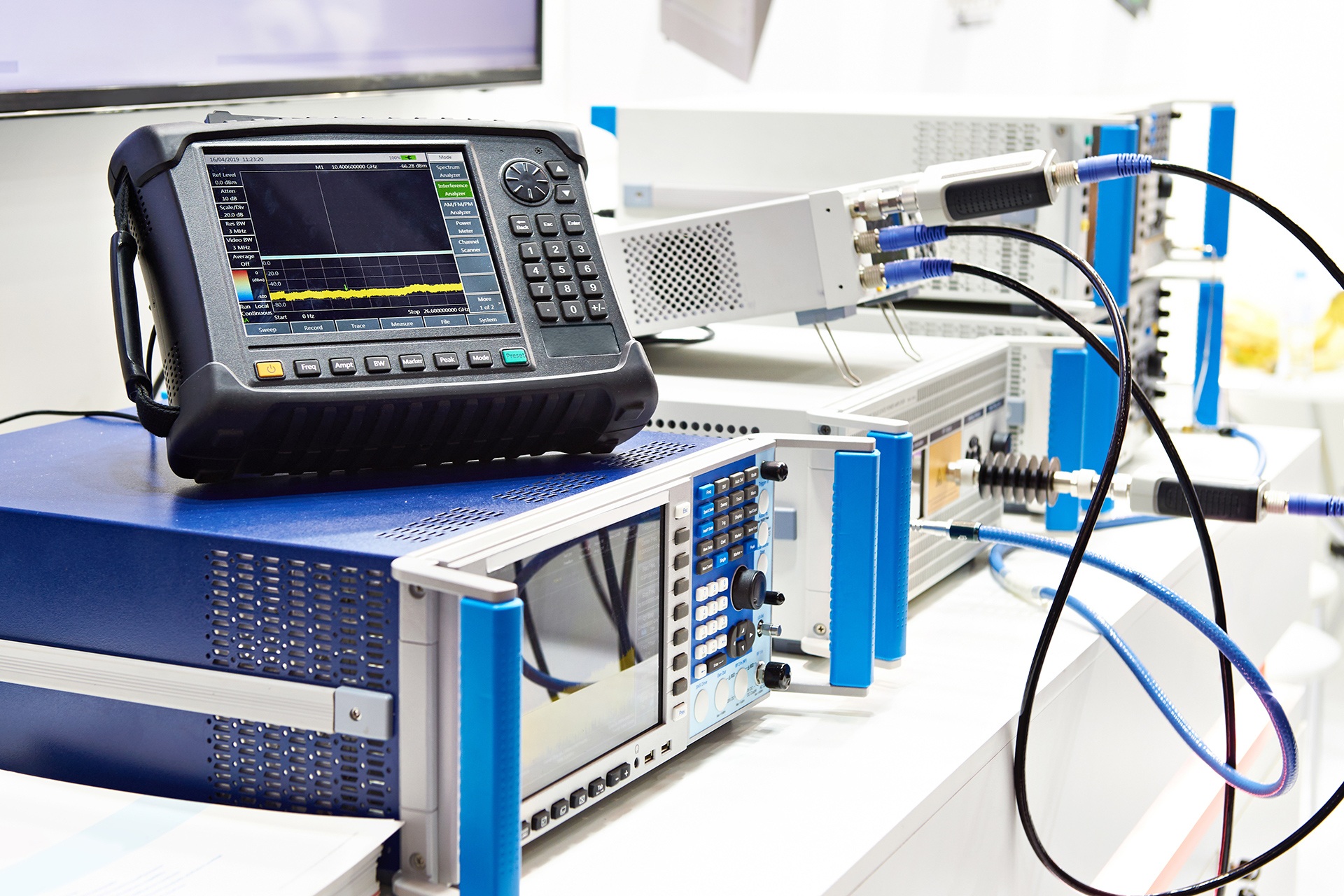You'll find that calibration isn't just about inspecting if your equipment functions-- it's about making certain every measurement you make hardness tester calibration can be relied on. Most specialists think they recognize the process, however they're missing crucial actions that can revoke their outcomes. Whether you're working with precision instruments in a lab or industrial equipment on a factory floor, the difference between appropriate calibration and guesswork figures out whether your data stands up under analysis. The risks are more than you realize.Pre-Calibration Planning

and Equipment Analysis Before your equipment even enters the calibration lab, technicians have to extensively evaluate its current condition and calibration requirements. This pre-calibration planning guarantees your calibration services satisfy specific accuracy standards and measurement needs.During equipment evaluation, technicians analyze your tool's paperwork , previous calibration records, and current performance metrics. They'll identify which standards and testing treatments are necessary to develop correct traceability. This evaluation establishes the proper measurement varieties, ecological conditions, and reference standards needed for your equipment.The assessment also reveals prospective concerns that might influence calibration results. Technicians look for damage, wear, or drift that could jeopardize accuracy.They'll confirm your equipment's specifications against offered calibration capabilities, making certain reliable results that meet your quality requirements and regulatory compliance needs.Environmental Problems and Setup Requirements Once your equipment gets in the calibration lab, technicians have to develop precise environmental conditions that straight effect measurement accuracy. Temperature, moisture, and resonance levels need to fulfill rigorous specifications detailed in ISO IEC accredited calibration procedures.You'll find that arrangement requirements differ depending on your instruments' sensitivity and the standards being used for comparison.Environmental conditions aren't simply suggestions-- they're important variables that impact precision throughout the entire procedure. Calibration services preserve controlled environments where temperature fluctuations remain within tenths of degrees, and humidity remains stable.Your measurement results rely on these conditions because even small variants can introduce errors that jeopardize accuracy.Proper configuration requirements make certain that both your instruments and recommendation standards operate within their specified criteria, preserving the stability vital for reliable metrology results.Standard Recommendation Selection and Measurement Contrast After environmental problems are established, technicians choose recommendation standards that possess accuracy levels dramatically more than your equipment under test. This standard reference selection forms the structure of reliable calibration services.The laboratory utilizes traceable standards that maintain direct web links to national measurement institutes, guaranteeing your test equipment obtains accurate measurements.During measurement comparison, technicians systematically review your instrument's analyses against these recommendation standards throughout multiple measurement factors. This ISO approved calibration process reveals any variances between your equipment's outcome and the recognized referral values.Quality guarantee protocols call for documenting these comparisons meticulously, creating a comprehensive document of your instrument's efficiency. The measurement comparison data identifies whether your equipment fulfills defined resistances or needs modifications to restore ideal accuracy.Adjustment Treatments and Inconsistency Modifications When measurement contrasts disclose inconsistencies beyond acceptable tolerances, technicians carry out precise adjustment procedures to recover your instrument's accuracy. These calibration adjustments entail systematic steps that align your equipment's analyses with traceable reference standards.During change procedures, technicians make physical or digital adjustments to remove measurement errors. They'll adjust interior components, recalibrate sensors, or modify software program specifications to attain compliance with requirements. Each variance adjustment is recorded, creating a thorough document of modifications made to your instrument.Professional calibration services guarantee these adjustments keep measurement honesty while maintaining yourinstrument's performance. Technicians confirm that adjustments don't present brand-new mistakes by performing follow-up measurements.This thorough strategy assurances your instrument delivers accurate, reliable outcomes that satisfy market standards and regulatory requirements.Verification Testing and Documents Protocol Adhering to successful change treatments, your instrument undertakes thorough verification testing to verify it satisfies all specified efficiency criteria.This crucial stage entails running multiple test cycles utilizing qualified recommendation standards to validate your equipment's accuracy throughout its whole operating range.The testing method files every measurement point, comparing actual readings versus recognized referral values. Your calibration companies documents all data methodically, developing a traceable document of performance confirmation. This documents enters into your instrument's long-term calibration history.During verification, technicians check repeatability, linearity, and drift attributes. If your equipment passes all examinations, it receives certification validating compliance with applicable standards.This strenuous procedure guarantees your instrument provides reliable, accurate measurements important for quality assurance and governing conformity in your operations.Conclusion You have actually currently grasped the crucial actions that'll ensure your calibration process supplies reliable results.
By adhering to correct planning, maintaining regulated settings, choosing suitable standards, making necessary adjustments, and recording everything completely, you're
ensuring measurement accuracy and compliance. Do not skip any type of phase-- each action builds on the previous one to develop a robust calibration structure. Your interest to detail throughout
this process straight impacts the integrity of your measurements and equipment performance.